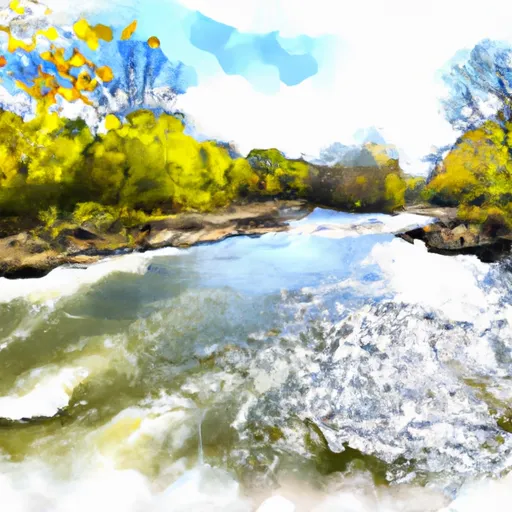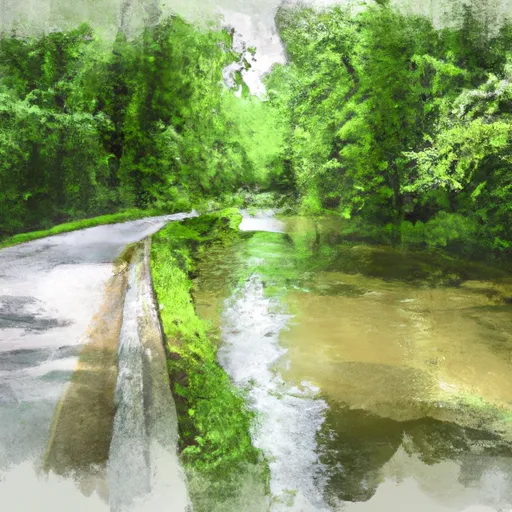2025-12-20T00:00:00-07:00
...CRITICAL FIRE WEATHER CONDITIONS FRIDAY... Critical fire weather conditions over the northeast plains will gradually ease into this evening. Strong winds will redevelop in the foothills overnight, with high winds spreading slowly east across the nearby adjacent plains west of I-25 through the afternoon. Extremely high wind gusts of 85-100 mph combined with humidities dropping into the 10-20 percent range will create potential for fast moving wildfires, should any new starts occur. Winds toward I-25 and eastward will be slower to develop, and also speeds will be considerably lighter. That said, gusts of 25-40 mph are still expected to combine with very low humidity and cured grasses to support critical fire weather conditions. Areas farther east into eastern Adams, Arapahoe, Elbert, and Lincoln counties have more uncertainty if those winds even develop, so those locations remain under a Fire Weather Watch. Such conditions may be a longer duration than usual, with potential for low humidity to extend well into the evening hours. The National Weather Service in Denver has issued a Red Flag Warning for wind and low relative humidity, which is in effect from 10 AM Friday to midnight MST Friday night. The Fire Weather Watch is no longer in effect. * AFFECTED AREA...Fire Weather Zones 238, 239, 240, 241 and 243. * TIMING...From 10 AM Friday to midnight MST Friday night. * WINDS...West 20 to 35 mph, with gusts up to 80 mph or more immediately next to the foothills. Gusts closer to 40 mph along and east of I-25. * RELATIVE HUMIDITY...As low as 8 percent. * IMPACTS...Conditions will be favorable for rapid fire spread. Avoid outdoor burning and any activity that may produce a spark and start a fast moving wildfire.
Summary
Total streamflow across the
Brule River
was last observed at
745
cfs, and is expected to yield approximately
1,478
acre-ft of water today; about 82%
of normal.
Average streamflow for this time of year is
912 cfs,
with recent peaks last observed
on
2023-04-16 when daily discharge volume was observed at
13,660 cfs.
Maximum discharge along the river is currently at the
Brule River Near Commonwealth
reporting a streamflow rate of 641 cfs.
This is also the highest stage along the Brule River, with a gauge stage of
7.22 ft at this location.
This river is monitored from 2 different streamgauging stations along the Brule River, the highest being situated at an altitude of 1,241 ft, the
Brule River At Us Highway 2 Near Florence.
River Details
| Last Updated | 2025-12-05 |
| Discharge Volume | 1,478 ACRE-FT |
| Streamflow |
745.0 cfs
+58.0 cfs (+8.44%) |
| Percent of Normal | 81.68% |
| Maximum |
13,660.0 cfs
2023-04-16 |
| Seasonal Avg | 912 cfs |
River Streamflow Levels
| Streamgauge | Streamflow | Gauge Stage | 24hr Change (%) | % Normal | Minimum (cfs) | Maximum (cfs) | Air Temp | Elevation |
|---|---|---|---|---|---|---|---|---|
|
Brule River At Us Highway 2 Near Florence
USGS 04060993 |
337 cfs | 5.32 ft | 30.12 | |||||
|
Brule River Near Commonwealth
USGS 04062011 |
641 cfs | 7.22 ft | 50.82 |
Seasonal Discharge Comparison
Maximum Streamflow Discharge
Streamflow Elevation Profile
The Brule River is a 52.3-mile-long (84.2 km) river in the U.S. states of Michigan and Wisconsin. Nearly the entire course forms a portion of the boundary between the two states.
The Brule begins at Brule Lake, just inside the Michigan border, at 46°02′23″N 88°50′59″W. It winds east and southeast until joining with the Michigamme River at 45°57′12″N 88°11′46″W to form the Menominee River and on into Lake Michigan.
The Brule River is stocked with many types of trout. These include Brook, and Brown troutThe Brule is popular for canoeing, spanning about 45 miles (72 km) with several stop/start points somewhat evenly spread out. The Brule's flow is much more reliable than many other surrounding rivers, due to its "untouched" quality. There is only one dam on the river that affects the water level, but that is located on Brule Island near the end of the Brule just below the Paint River.
Much of the land on both sides of the river is publicly owned with several good campsites available. Fishing is exceptional, with brook and brown trout in the upper areas and tributaries. Smallmouth bass and northern pike can be found in abundance in the lower sections.

 North Branch--Butternut Lake To Confluence With Main Branch
North Branch--Butternut Lake To Confluence With Main Branch
 Private Bridge To Highway 55
Private Bridge To Highway 55
 Forest Road 2174 To Private Bridge
Forest Road 2174 To Private Bridge
 Highway 55 To Forest Road 2169
Highway 55 To Forest Road 2169